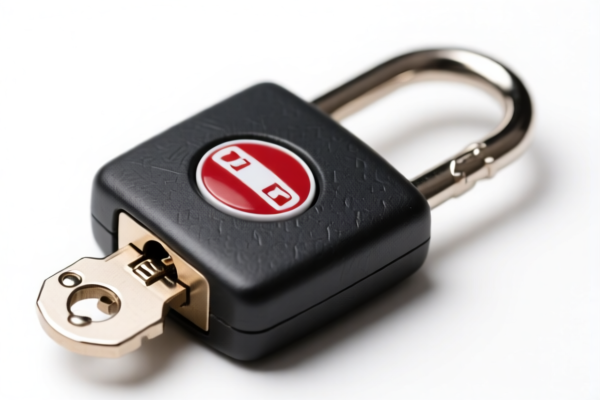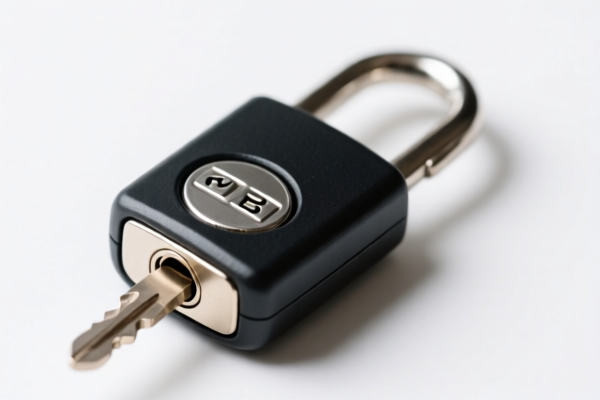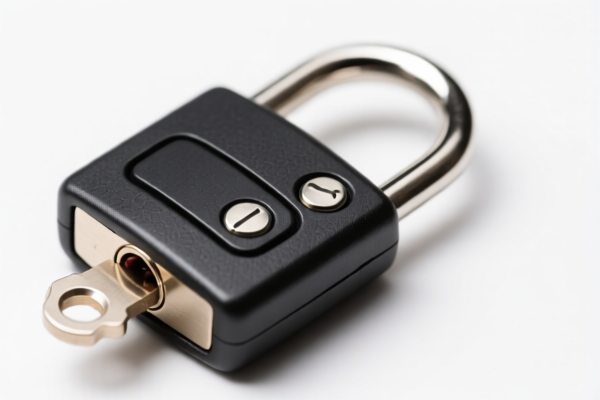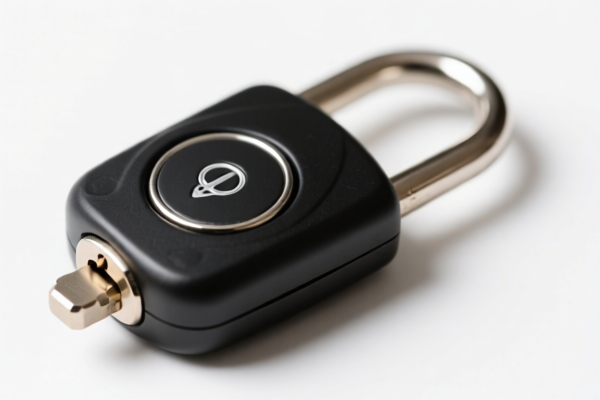| HS Code | Official Doc | Tariff Rate | Origin | Destination | Effective Date |
|---|---|---|---|---|---|
| 7003190000 | Doc | 56.3% | CN | US | 2025-05-12 |
| 7003200000 | Doc | 56.1% | CN | US | 2025-05-12 |
| 7006001000 | Doc | 63.8% | CN | US | 2025-05-12 |
| 7006004050 | Doc | 59.9% | CN | US | 2025-05-12 |
| 9503000090 | Doc | 30.0% | CN | US | 2025-05-12 |
| 9503000071 | Doc | 30.0% | CN | US | 2025-05-12 |
| 7326908688 | Doc | 82.9% | CN | US | 2025-05-12 |
| 7326908688 | Doc | 82.9% | CN | US | 2025-05-12 |




Anti-theft Lock
An anti-theft lock is a security device used to deter the theft of an object, most commonly bicycles, motorcycles, and other vehicles, but also applicable to securing various possessions. These locks function by physically restraining the object, making unauthorized removal difficult and time-consuming.
Materials
Anti-theft locks are constructed from a variety of materials, each offering different levels of security and resistance to various attack methods:
- Hardened Steel: The most common material, providing a robust barrier against cutting and sawing. Thickness and alloy composition are key factors determining strength.
- Alloy Steel: Offers a balance between weight and strength, often used in shackle construction.
- Boron Steel: An exceptionally hard alloy, used in high-security locks and lock components.
- Aluminum Alloy: Often used for lock bodies and some shackle coverings to reduce weight, but generally less secure than steel.
- Composite Materials: Some locks incorporate composite materials for increased resistance to specific attack methods like bolt cutters.
- Plastic/Rubber Coatings: Used to protect the object being secured from scratches and provide some weather resistance.
Purpose & Function
The primary purpose of an anti-theft lock is to prevent or deter theft. They function by:
- Physical Restraint: The lock physically binds the object to a fixed point, preventing easy removal.
- Deterrence: The visible presence of a lock can discourage potential thieves.
- Time Delay: Locks are designed to require time and effort to defeat, increasing the risk of detection for the thief.
Usage Scenarios
Anti-theft locks are used in a wide range of applications:
- Bicycles: Securing bicycles to bike racks, poles, or other fixed objects.
- Motorcycles & Scooters: Protecting motorcycles from theft in parking areas or public spaces.
- Vehicles: Used as steering wheel locks or wheel clamps to prevent vehicle movement.
- Gates & Sheds: Securing access points to properties or storage areas.
- Personal Belongings: Securing luggage, backpacks, or other valuables in public places.
Common Types
Several types of anti-theft locks are available, each with its own strengths and weaknesses:
- U-Locks (D-Locks): Highly secure, constructed from hardened steel shackle bent into a "U" shape. Difficult to cut or pry open. Considered one of the most secure options.
- Chain Locks: Consist of hardened steel chains with a locking mechanism. Offer flexibility in securing objects but can be vulnerable to cutting with specialized tools.
- Cable Locks: Made of steel cables with a locking mechanism. Lightweight and flexible but offer relatively low security. Easily cut with bolt cutters.
- Disc Locks: Used specifically for motorcycles, locking the brake disc to prevent wheel rotation.
- Folding Locks: Consist of multiple steel plates connected by rivets, offering a balance of flexibility and security.
- Wheel Locks: Specialized locks designed to secure vehicle wheels, preventing removal.
- Steering Wheel Locks: Lock the steering wheel in place, preventing vehicle operation.
- Alarm Locks: Integrated with an alarm system that sounds when the lock is tampered with.
- Smart Locks: Utilize Bluetooth or other wireless technologies, allowing remote locking/unlocking and theft alerts via smartphone apps.
Based on the provided information, identifying the precise HS code for “anti theft lock” is challenging without further details regarding its material composition and specific application. However, the following HS codes may be relevant, depending on the lock’s construction:
-
7326908688: Other articles of iron or steel. This code covers a broad category of iron or steel articles. If the anti-theft lock is primarily made of iron or steel, this could be applicable.
- 73: Articles of iron or steel.
- 26: Other articles of iron or steel.
- 90: Other.
- 86: Other.
- 88: Other.
- Note: This code has a base tariff of 2.9%, a surcharge of 25.0%, and a surcharge of 30.0% after April 2, 2025. Additionally, steel and aluminum products are subject to a 25% surcharge. The total tariff rate is 82.9%.
-
9503000090: Tricycles, scooters, pedal cars and similar wheeled toys; dollsʼ carriages; dolls, other toys; reduced-scale (“scaleˮ) models and similar recreational models, working or not; puzzles of all kinds; parts and accessories thereof Other. If the anti-theft lock is considered a toy or recreational item, this code might be relevant.
- 95: Toys, games and sports equipment.
- 03: Tricycles, scooters, pedal cars and similar wheeled toys; dollsʼ carriages; dolls, other toys; reduced-scale (“scaleˮ) models and similar recreational models, working or not; puzzles of all kinds; parts and accessories thereof.
- 00: Other.
- 90: Other.
- Note: This code has a base tariff of 0.0%, a surcharge of 0.0%, and a surcharge of 30.0% after April 2, 2025. The total tariff rate is 30.0%.
According to the provided reference material, the HS code options related to 'anti theft lock' are limited, with only the following 2 found.
It is important to determine the primary material of the lock and its intended use to select the most accurate HS code. If the lock is made of iron or steel, 7326908688 is likely the appropriate code. If it is considered a toy or recreational item, 9503000090 may be more suitable.
Customer Reviews
No reviews yet.